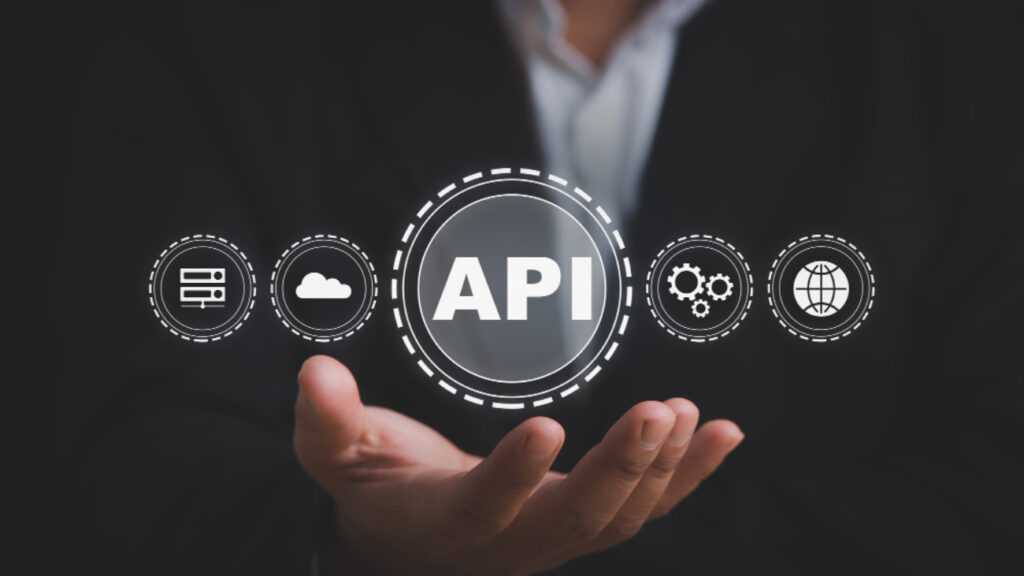Do you need data from a 3rd party URL? Do you want data about visitors to your website? If so, an API connector will be helpful. The API connector is what comes in between the endpoint you want to connect and the API you use. We discuss all about API connectors in this guide.
What is API?
API stands for Application Programming Interface. It is software that allows two applications to talk to each other, so they can share data. API helps applications communicate through definitions and protocols.
What is an API connector?
API allows two applications to communicate, but there needs to be a link between the two. The link is known as the API connector. A question you may have is whether it is safe to use an API connector. The answer is yes!
When you make an API call, it is not sent to the browser and is hence safe. No data is stored by the connector. This ensures safety for the user.
Building an API connector
The following explains how you can build an API connector for your business.
Build the API
The first step is to build the API. It can be either public or private depending on the access you want to give.
Secure the API
The next step is to secure the API. You can do this by using authentication methods. Basic authentication can be used, as well as API key. Generic 0Auth2.0 and 0Auth 2.0 for certain specific services (e.g.: Salesforce, Github) can be used to secure the API.
Define the connector
You need to start by defining the API. This will allow apps to communicate with it. You can describe the API through:
- Using an OpenAPI definition.
- Using a Postman collection.
- Starting from scratch by using the custom connector portal.
Use the connector
Once you create the connection to the API, you can make use of it for API calls. When you create it using Power Automate, it is available in Power Apps. Using custom connectors is easy if you have used Microsoft-managed connectors.
Share the connector
You can share the connector with other users. This can be done just as you share resources through PowerApps, Power Automate, or Logic Apps.
Certify the connector
Submitting your connector to Microsoft will allow you to certify it. This helps you share the connector with all users of PowerApps, Logic Apps, and Power Automate.
This article is published by the editorial board of techdomain news. For more information, please visit, www.techdomainnews.com






